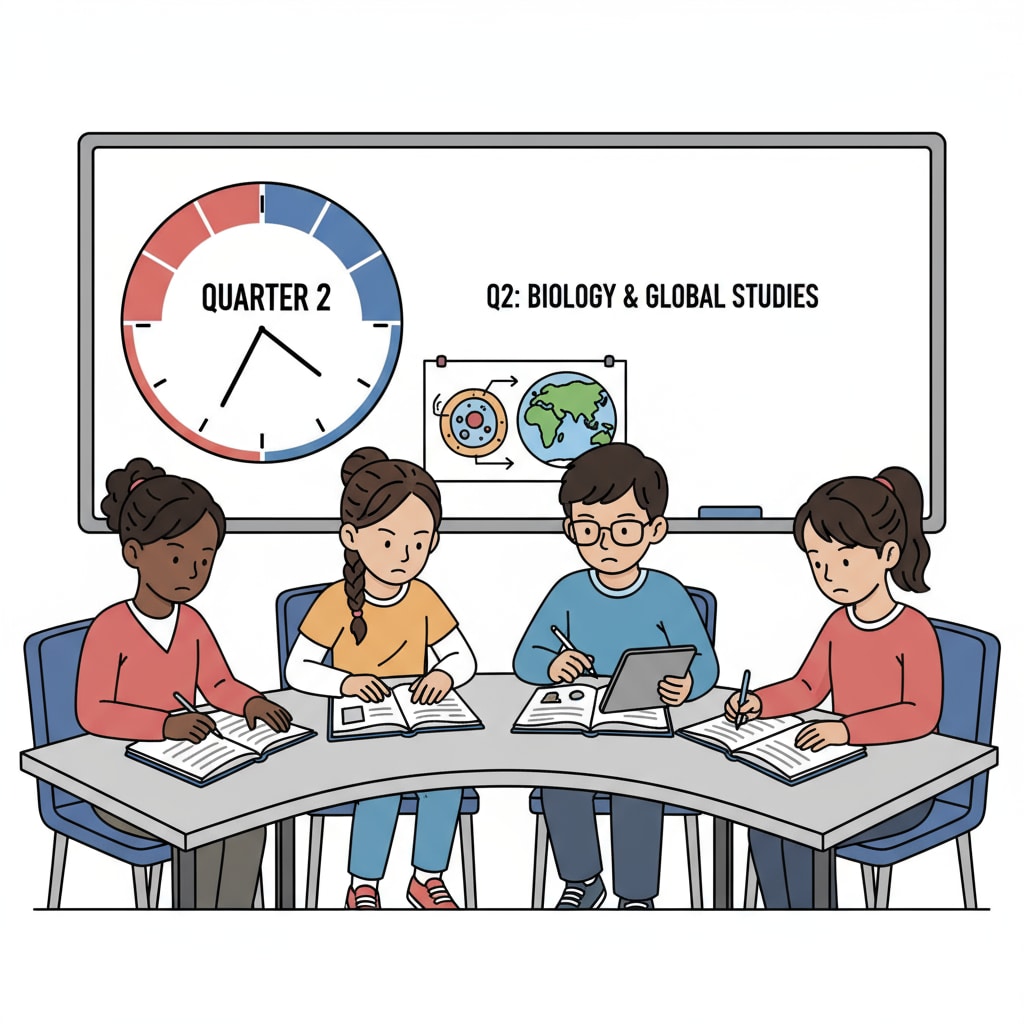The quarter system and semester system are two common academic arrangements in K12 education, each significantly influencing students’ academic focus and overall learning experience. Understanding these impacts can help educators, parents, and students make informed decisions about the most suitable educational structure.
Learning Focus in the Quarter System
In the quarter system, with each term lasting only 10 weeks and students typically taking three courses per semester, the learning pace is intense. Students are required to quickly immerse themselves in the subject matter. For example, in a math course, they might cover a semester’s worth of basic algebra concepts in just 10 weeks. This forces them to maintain a high level of focus throughout the quarter. According to Education.com, the concentrated nature of the quarter system can enhance students’ ability to zero in on specific topics without getting distracted by a large number of subjects.

Knowledge Absorption and the Semester System
The semester system, on the other hand, offers a more extended timeframe of 15 weeks per semester, with students usually taking four to five courses. This longer duration allows for a more in-depth exploration of subjects. In a science class, for instance, students have more time to conduct experiments, analyze data, and discuss complex theories. As stated on ThoughtCo, the slower pace of the semester system can lead to better knowledge absorption as students have more time to internalize concepts.

However, the semester system also has its challenges. With multiple courses running simultaneously, students may struggle to maintain equal focus on all of them. This could potentially lead to some subjects receiving less attention.
In addition to focus and knowledge absorption, the quarter and semester systems also differ in terms of learning pressure and time management. The quarter system’s fast pace can be stressful for some students, as they have less time to catch up if they fall behind. Meanwhile, the semester system requires students to plan and manage their time effectively over a longer period to ensure they cover all the necessary material.
Readability guidance: By understanding these differences, educators and parents can support students in adapting to the academic demands of each system. Whether it’s helping students in the quarter system stay focused or guiding those in the semester system to manage their time well, the goal is to optimize the learning experience for K12 students.


